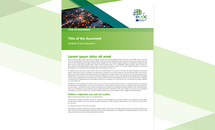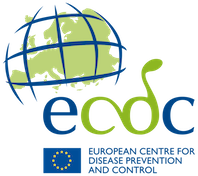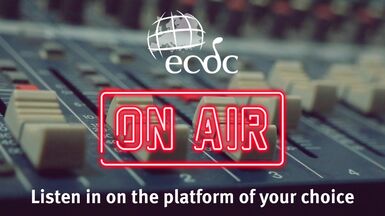Haemophilus influenzae disease - Annual Epidemiological Report for 2023
In 2023, 5 234 confirmed cases of invasive Haemophilus influenzae disease were reported in the EU/EEA, representing a continued increase compared to the previous year (3 983 in 2022) and a substantial rise from pandemic-era figures (1 693 in 2021, 1 838 in 2020), coinciding with the post-COVID-19 return to typical respiratory disease transmission patterns.
- The notification rate rose to 1.2 cases per 100 000 population, the highest observed in the past five years, up from 0.9 in 2022 and 0.4 in both 2020 and 2021.
- Age-specific rates remained highest among infants under one year of age (6.41 per 100 000 population), followed by those aged 65 years and older (3.2 per 100 000 population).
- Serotyping data were available for 60% of cases. Among cases with known serotype, non-capsulated strains continued to dominate, accounting for 81% of infections. Serotype f was the most frequent capsulated strain, responsible for 6% (194 cases) of all cases, followed by serotype b 5% (164 cases)
- In 2023, serotype b (Hib) represented 5% of known serotyped cases, reflecting a slight decline from 9.1% in 2022. The low proportion of serotype b (Hib) reported continues to reflect the strong effect of the Hib vaccination programmes in EU/EEA countries.
Download

All annual epidemiological reports on Haemophilus influenzae disease
Invasive meningococcal disease - Annual Epidemiological Report for 2023
In 2023, 1 895 confirmed cases of invasive meningococcal disease (IMD), including 200 deaths, were reported in 30 European Union/European Economic Area (EU/EEA) countries.
Antimicrobial consumption in the EU/EEA (ESAC-Net) - Annual Epidemiological Report 2024
Antimicrobial resistance (AMR) is considered one of the main threats to public health in the EU and the EEA, with over 35 000 deaths attributable to infections with antibiotic-resistant bacteria estimated in 2020. Antimicrobial use exerts ecological pressure on bacteria and contributes to the emergence and selection of resistant types, which is why ensuring prudent antimicrobial use is the key to an effective response to AMR.
Zoonotic influenza - Annual Epidemiological Report for 2023
Sporadic human infections with avian influenza virus subtypes A(H3N8), A(H5N1), A(H5N6), A(H9N2), A(H10N5) were reported globally by four countries for 2023.
Salmonellosis - Annual Epidemiological Report for 2023
Salmonellosis is the second most commonly reported gastrointestinal infection in the European Union/European Economic Area (EU/EEA), and the most common cause of food-borne outbreaks with a known pathogen.
Pertussis - Annual Epidemiological Report for 2023
In 2023, 26 033 cases of pertussis were reported by 29 EU/EEA countries.







